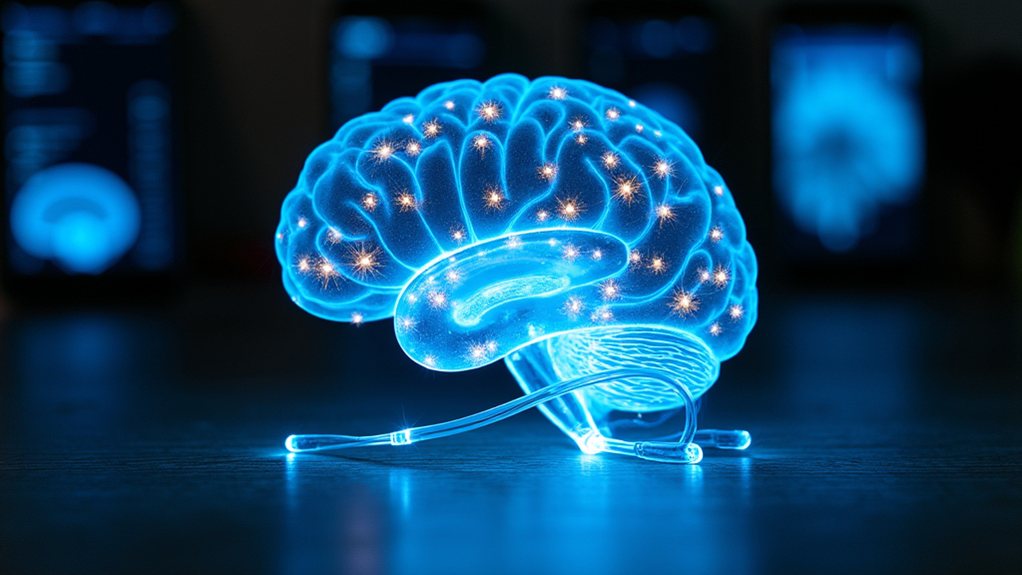Learning AI requires embracing foundational math (yes, that stuff you avoided in high school), mastering technical jargon, and following structured learning paths. Start with core concepts like machine learning before tackling deep learning and NLP. Real-world projects beat theory every time. With median salaries around $136K, the investment pays off—despite the inevitable frustrations. The journey from confused beginner to AI practitioner isn’t easy, but the roadmap makes all the difference.
While the idea of diving into artificial intelligence might seem as intimidating as explaining TikTok to your grandparents, learning AI from scratch is entirely possible with the right approach. The journey begins with building a solid foundation in mathematics—yes, those subjects you thought you’d never use after high school are coming back with a vengeance.
Linear algebra, calculus, probability, and statistics form the backbone of AI concepts that separate the pros from the “I just ask ChatGPT to do everything” crowd.
Once the math anxiety subsides, familiarizing yourself with core AI terminology becomes essential. Machine learning, deep learning, neural networks—these aren’t just buzzwords to throw around at dinner parties. They represent distinct approaches that power everything from Netflix recommendations to those eerily accurate targeted ads following you across the internet.
Structured learning paths offer salvation for beginners drowning in information overload. Programs like “AI for Beginners” provide extensive curriculums complete with lessons, quizzes, and hands-on labs. It’s like having training wheels before you attempt to ride the AI bicycle down San Francisco’s Lombard Street.
The practical building blocks come next. Machine learning serves as AI’s foundation, while deep learning takes things up several notches with multi-layered neural networks. One of the major benefits is that this learning path requires no prior knowledge and is accessible to anyone willing to start from scratch.
Natural language processing explains how chatbots understand your coffee order, and generative AI clarifies how your cousin’s “AI-generated” profile picture came to be.
Developing practical skills through real-world projects transforms theoretical knowledge into applicable expertise. Many experts recommend starting with machine learning first before tackling the complexities of deep learning algorithms. Learning to craft effective prompts for generative AI is like discovering the perfect spell incantation—suddenly the magic works exactly as intended.
The learning journey never truly ends; AI evolves faster than fashion trends. Continuous engagement with communities, research, and resources keeps skills relevant.
The initial mathematical and technical hurdles might seem overwhelming, but persistence pays off. With career prospects offering a median salary of $136,620 for AI engineers, the investment in learning is well worth the effort. After all, every AI expert once googled “What is artificial intelligence?” just like you did.









